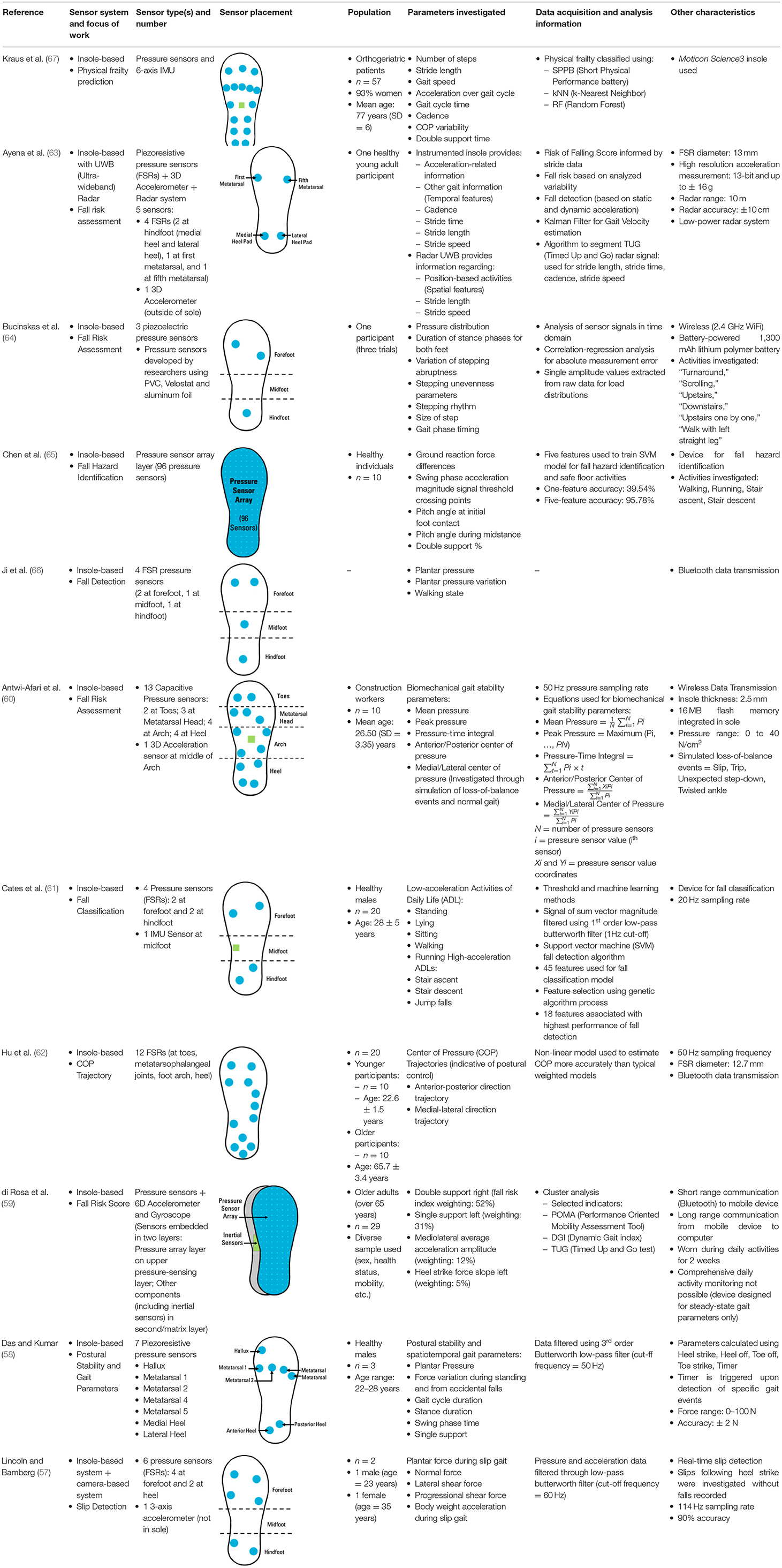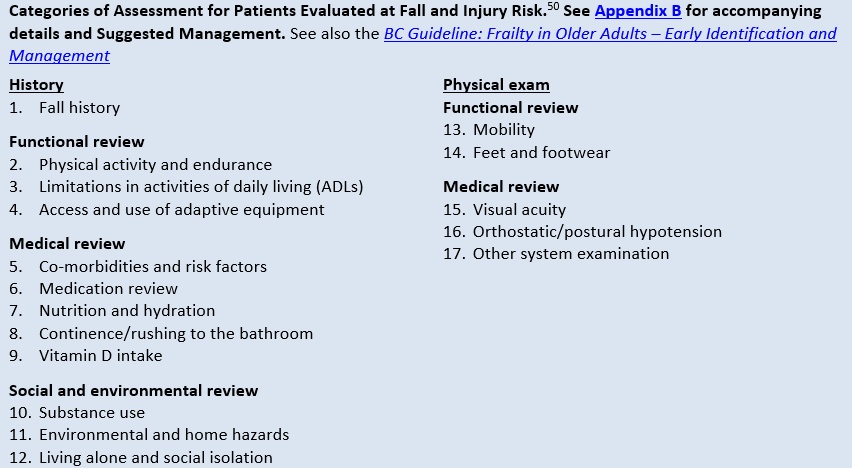The Best Guide To Dementia Fall Risk
Table of ContentsSome Ideas on Dementia Fall Risk You Should KnowDementia Fall Risk - The FactsThe Of Dementia Fall RiskHow Dementia Fall Risk can Save You Time, Stress, and Money.
A fall danger evaluation checks to see exactly how likely it is that you will certainly drop. It is primarily provided for older adults. The evaluation normally includes: This includes a collection of concerns about your total wellness and if you have actually had previous drops or problems with balance, standing, and/or walking. These devices check your strength, balance, and gait (the means you walk).Treatments are recommendations that might decrease your risk of falling. STEADI includes 3 actions: you for your risk of falling for your risk factors that can be enhanced to try to protect against falls (for instance, balance problems, damaged vision) to lower your risk of dropping by making use of effective strategies (for example, giving education and sources), you may be asked several inquiries consisting of: Have you dropped in the previous year? Are you fretted concerning falling?
Then you'll rest down again. Your service provider will check for how long it takes you to do this. If it takes you 12 seconds or even more, it might mean you are at greater threat for a loss. This examination checks strength and balance. You'll sit in a chair with your arms crossed over your upper body.
Move one foot midway onward, so the instep is touching the huge toe of your various other foot. Relocate one foot fully in front of the other, so the toes are touching the heel of your various other foot.
Get This Report about Dementia Fall Risk
A lot of drops take place as an outcome of multiple contributing variables; for that reason, taking care of the threat of dropping starts with identifying the aspects that add to fall risk - Dementia Fall Risk. A few of the most pertinent threat aspects include: History of previous fallsChronic medical conditionsAcute illnessImpaired stride and balance, lower extremity weaknessCognitive impairmentChanges in visionCertain risky medicines and polypharmacyEnvironmental elements can also increase the threat for drops, including: Poor lightingUneven or damaged flooringWet or unsafe floorsMissing or harmed hand rails and get hold of barsDamaged or incorrectly equipped equipment, such as beds, mobility devices, or walkersImproper use assistive devicesInadequate guidance of the people residing in the NF, including those who display hostile behaviorsA successful autumn threat administration program calls for a detailed clinical analysis, with input from all members of the interdisciplinary group

The care plan need to likewise consist of interventions that are system-based, such as those that advertise a safe atmosphere (appropriate lights, handrails, get hold of bars, etc). The performance of the interventions must be assessed occasionally, and the care strategy revised as essential to show adjustments in the autumn danger evaluation. Carrying out an autumn danger monitoring system making use of evidence-based ideal method can reduce the occurrence of drops in the NF, while restricting the possibility for fall-related injuries.
The Definitive Guide for Dementia Fall Risk
The AGS/BGS guideline recommends evaluating all adults aged 65 years and older for autumn danger each year. This testing includes asking patients whether they have actually dropped 2 or even more times in the previous year or sought medical attention for a loss, or, if they have actually Get the facts not dropped, whether they feel unsteady when strolling.
Individuals that have actually dropped once without injury ought to have their balance and stride examined; those with stride or equilibrium abnormalities need to get extra assessment. A history of 1 loss without injury and without gait or balance problems does not call for additional assessment past ongoing yearly autumn threat testing. Dementia Fall Risk. A loss danger analysis is needed as part of the Welcome to Medicare evaluation

The smart Trick of Dementia Fall Risk That Nobody is Discussing
Documenting a drops history is just one of the high quality indicators for loss prevention and management. An important part of danger analysis is a medicine review. A number of classes of medicines enhance fall danger (Table 2). Psychoactive medications specifically are independent forecasters of drops. These medicines often tend to be sedating, change the sensorium, and hinder balance and stride.
Postural hypotension can frequently be relieved by reducing the dose of blood pressurelowering drugs and/or quiting medicines that have Look At This orthostatic hypotension as an adverse effects. Use above-the-knee support hose pipe and resting with the head of the bed boosted might additionally decrease postural reductions in high blood pressure. The recommended aspects of a fall-focused physical evaluation are revealed in Box 1.

A pull time higher than or equal to 12 secs suggests high autumn danger. The 30-Second Chair Stand examination evaluates lower extremity stamina and balance. Being incapable to stand from a chair of knee height without making use of one's arms shows increased autumn threat. The 4-Stage Balance test assesses fixed equilibrium by having the patient stand in 4 settings, each progressively much more challenging.